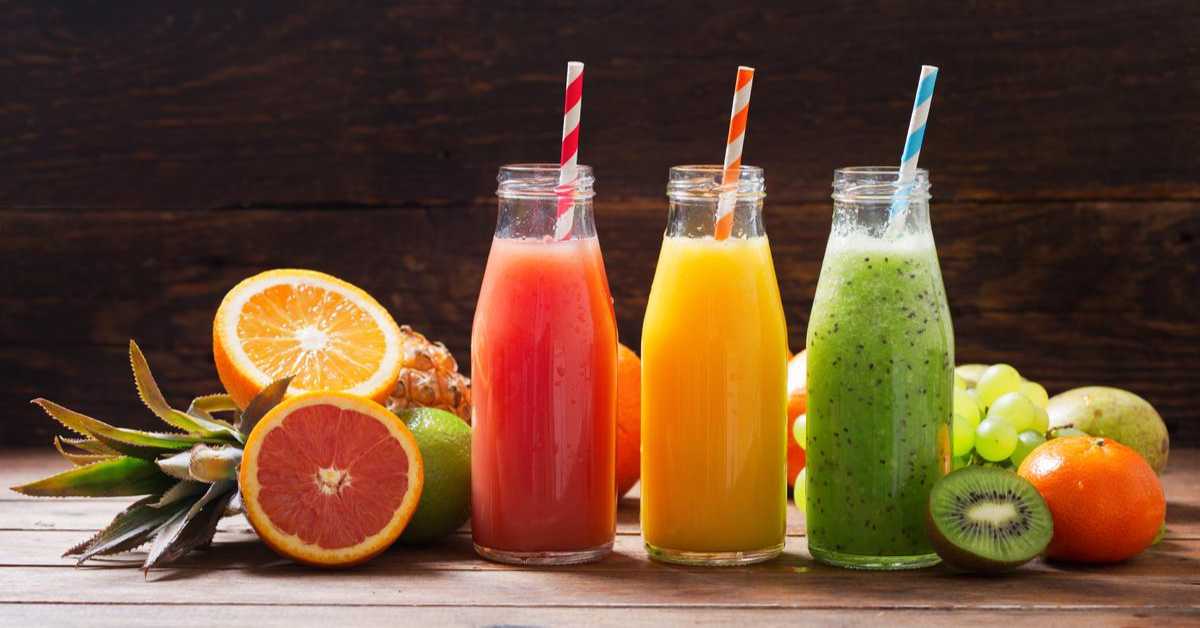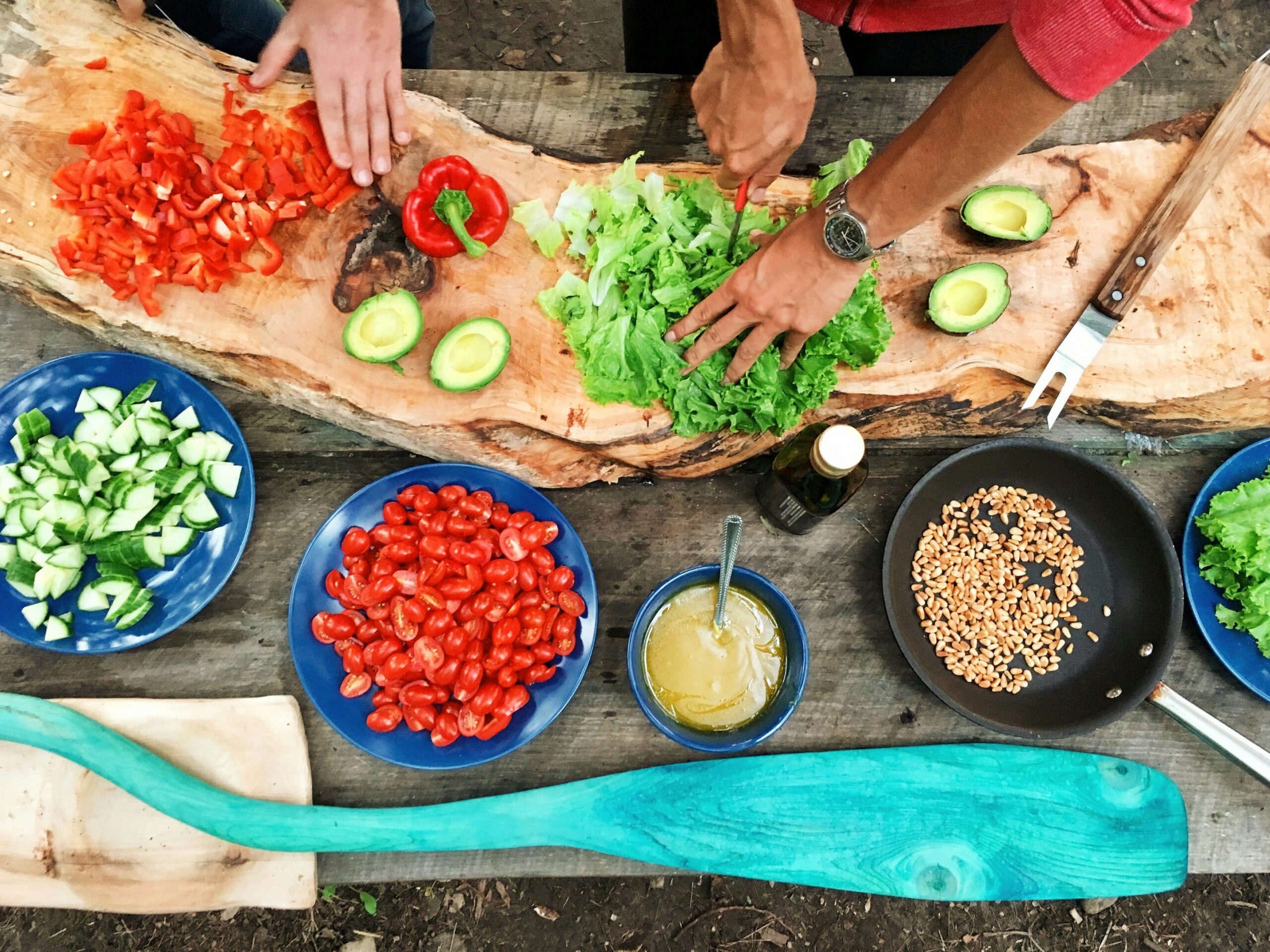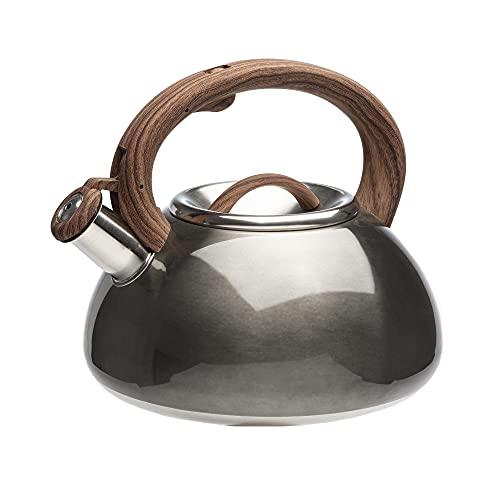Are you craving a refreshing glass of juice on a hot summer day but wondering how long does it take for juice to freeze? Well, look no further! In this article, we will delve into the fascinating world of freezing temperatures and explore the factors that influence the freezing time of juice.
Whether planning a picnic or simply curious about the science behind freezing liquids, we’ve got you covered. Join us as we uncover the secrets of freezing juice and discover how long it takes. Get ready for a relaxed and informative journey ahead!
Table of Contents
ToggleFactors that Affect Freezing Time
When it comes to freezing juice, several factors affect the time it takes for the liquid to solidify. Understanding these factors will satisfy your curiosity and help you plan your beverage chilling process more effectively. Let’s take a closer look at the key elements that influence the freezing time of juice:
Sugar Content: The sugar content in the juice plays a significant role in determining its freezing time. Generally, liquids with a higher sugar concentration tend to freeze more slowly than those with lower sugar content. This is because sugar acts as a natural antifreeze, lowering the freezing point of the liquid.
Citric Acid: Juices containing citric acids, such as lemonade or orange juice, may freeze slower than other juices. Citric acid, like sugar, has a similar effect of lowering the freezing point, thus prolonging the freezing process.
Juice Type: Different types of juice have varying compositions, which can affect their freezing time. For example, juices with pulp or additives may take longer to freeze compared to clear, pure juices. Additional ingredients alter the freezing dynamics and can result in a longer solidification process.
Container Size and Shape: The size and shape of the container you freeze the juice can influence the freezing time. A larger container with a larger volume of liquid will require more time to freeze completely. Similarly, irregular-shaped containers may experience slower freezing rates due to variations in surface area and heat transfer.
Freezer Temperature: The temperature at which you set your freezer also plays a crucial role in freezing time. The lower the freezer temperature, the faster the juice will freeze. It’s important to note that freezing times can vary depending on the specific freezer settings and efficiency.
Understanding the Freezing Process
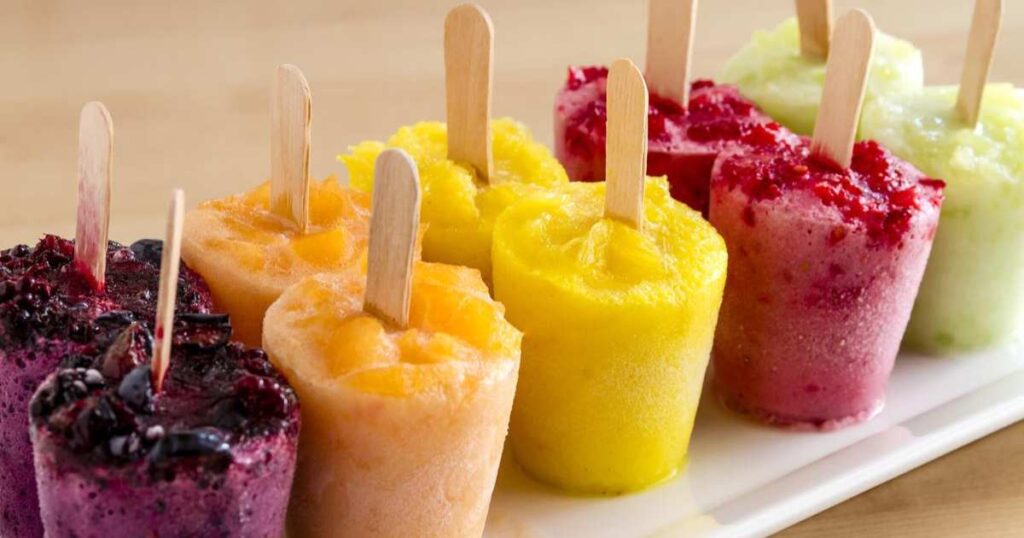
Have you ever wondered about the intricate process of juice transforming from a liquid state to a solid, frozen form? Let’s dive deeper into the fascinating world of the freezing process and explore the science behind it. By understanding how freezing occurs, you’ll gain valuable insights into why it takes time for your juice to freeze completely.
Nucleation:
The first freezing stage is nucleation, where the liquid forms tiny ice crystals. This process is triggered by impurities or irregularities in the juice, such as sugar molecules or microscopic particles. These impurities serve as starting points for ice crystal formation.
Crystal Growth:
Once nucleation occurs, the ice crystals grow in size and number. They expand throughout the liquid, gradually transforming it into a solid state. The rate of crystal growth depends on various factors, including temperature, composition, and the presence of nucleation sites.
Heat Transfer:
During the freezing process, heat is transferred from the juice to the surrounding environment, causing the temperature of the liquid to drop. This heat transfer occurs through conduction, where the freezer’s colder air or surface absorbs the juice’s heat energy. The more efficient the heat transfer, the faster the freezing process.
Supercooling:
In some cases, the juice may undergo a phenomenon called supercooling. Supercooling happens when the liquid remains liquid despite its temperature being below freezing. This occurs when minimal impurities or nucleation sites are present in the juice. Supercooling can delay the freezing process until an external disturbance, such as a slight shake or the introduction of an ice crystal, triggers rapid crystallization.
Solidification:
As the crystal growth continues and the temperature drops further, the juice solidifies completely, becoming frozen. The time it takes for solidification depends on the factors above, including sugar content, acidity, and container size.
By unraveling the complexities of the freezing process, we gain a deeper appreciation for the science behind it. From nucleation to crystal growth and heat transfer, each step contributes to transforming liquid juice into a refreshing frozen treat. So, the next time you eagerly await your juice to freeze, remember the intricate dance of molecules and the journey to reach that chilled, delightful state.
How Long Does it Take for Juice to Freeze
The freezing time of juice is a common question for those eagerly anticipating a frosty beverage. While the exact time may vary depending on several factors we discussed earlier, let’s explore some general guidelines to give you an idea of what to expect.
On average, it takes approximately 2 to 4 hours for the juice to freeze in a standard home freezer set at 0 degrees Fahrenheit (-18 degrees Celsius). However, it’s important to note that this is an estimation and can differ based on the specific conditions and characteristics of the juice.
The sugar content and acidity of the juice play significant roles in the freezing time. Juices with higher sugar concentrations or citric acid content may take longer to freeze due to their impact on the freezing point. Additionally, juices with pulp or additives may require more time to solidify than clear, pure juices.
The size and shape of the container are also crucial factors. A larger container with a larger volume of juice will naturally take longer than a smaller one to freeze. Irregularly shaped containers might experience slower freezing rates due to variations in surface area and heat transfer.
It’s worth noting that the initial temperature of the juice also influences the freezing time. Placing warm or room-temperature juice in the freezer will naturally take longer to reach a fully frozen state. Chilling the juice in the refrigerator is recommended before transferring it to the freezer to expedite freezing.
Remember that these are general guidelines, and your freezing time may deviate from them. Factors such as the efficiency of your freezer, ambient temperature, and variations in juice composition can affect the time it takes to freeze.
The best way to determine if your juice is frozen is to check its consistency periodically. Once the liquid has solidified and you notice a consistent texture throughout, your juice is ready to be enjoyed in its chilled, frozen form.
So, whether you’re looking forward to a glass of orange juice, apple juice, or any other flavorful concoction, understanding the factors at play and having a rough estimate of the freezing time can help you plan accordingly. Embrace the anticipation as you wait for that perfect moment to savor your refreshing, icy treat.
You can also read the following: Latest Kitchen Must-Have: A Built-In Ice Bucket on Kitchen Island
Methods for Freezing Juice
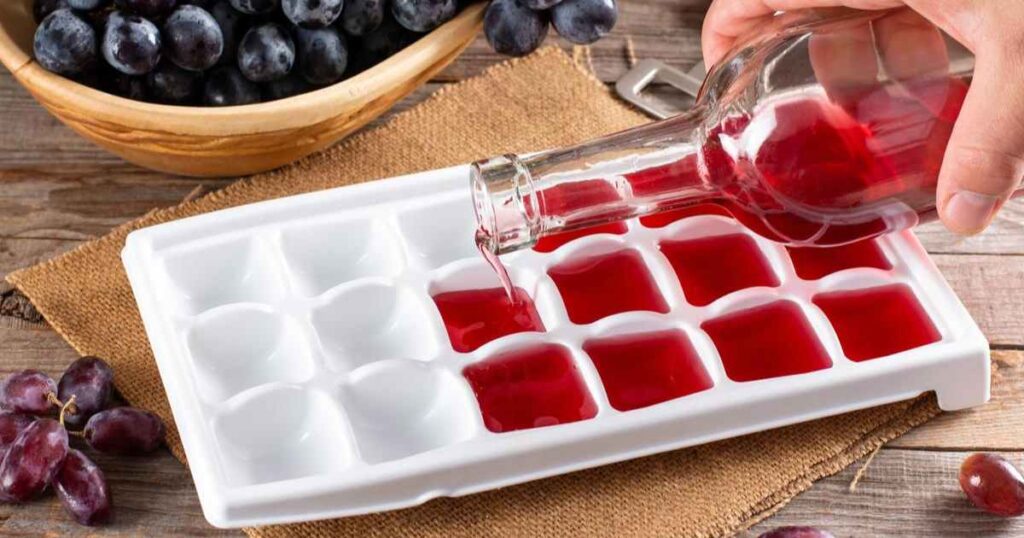
When it comes to freezing juice, there are several methods you can choose from, depending on your preferences and convenience. Let’s explore some popular methods for freezing juice:
Using Ice Cube Trays
Ice cube trays are a versatile and convenient option for freezing juice. Pour the juice into the individual compartments of the tray and place it in the freezer. Once the juice is frozen, you can easily remove the juice cubes and transfer them to a freezer-safe bag or container for long-term storage. This method is ideal for portion control, as you can quickly defrost the desired number of cubes whenever needed.
Freezing in Plastic Bags
Another standard method is to freeze the juice in plastic bags. Pour the juice into a freezer-safe plastic bag, leaving some room for expansion. Remove any excess air from the bag before sealing it tightly. Lay the bags flat in the freezer for more accessible storage and faster freezing. This method works well for larger quantities of juice and allows for easy stacking and organization in the freezer.
Freezing in Glass Jars
If you prefer to avoid plastic containers, you can opt for freezing juice in glass jars. Choose jars specifically designed for freezing, as they are made to withstand extreme temperatures. Fill the jars with juice, leaving some space at the top to account for expansion during freezing. Seal the jars tightly and place them in the freezer. Glass jars are an excellent option for preserving the flavor and freshness of the juice, and they can also be reused for other purposes once the juice is consumed.
Freezing in Silicone Molds
Silicone molds offer a fun and creative way to freeze the juice. These molds come in various shapes and sizes, freeing juice into exciting and appealing forms. Pour the juice into the molds, ensuring not to overfill them. Place the molds on a flat surface or tray and transfer them to the freezer. Once the juice is frozen, pop out the juice shapes from the molds and store them in a freezer-safe bag or container. This method is prevalent for making juice popsicles or adding decorative elements to beverages.
Regardless of your chosen method, it’s essential to label the containers with the date and type of juice to keep track of your frozen stock. Proper labeling ensures that you use the oldest juice first and helps maintain overall organization in your freezer.
Remember to follow food safety guidelines when freezing juice, including using clean containers, avoiding overfilling, and ensuring proper sealing to prevent freezer burn or contamination.
Experiment with different freezing methods to best suit your needs and preferences. With these methods, you can conveniently freeze the juice and enjoy its refreshing goodness whenever you desire.
Tips for Freezing Juice
Freezing juice is a convenient way to preserve its freshness and enjoy a refreshing beverage anytime. To ensure the best results and maintain the quality of your frozen juice, consider the following tips:
Choose High-Quality Juice: Start with high-quality, fresh juice for freezing. The flavor and quality of the juice you freeze will largely depend on the initial product. Opt for freshly squeezed or 100% pure juice without added sugars or preservatives if possible.
Use Freezer-Safe Containers: Select containers specifically designed for freezing. These can include freezer-safe plastic bags, airtight plastic containers, glass jars made for freezing, or silicone molds. Ensure that the containers are clean and sealed tightly to prevent any air or moisture from entering, which can lead to freezer burn and affect the taste of the juice.
Leave Room for Expansion: When pouring the juice into containers, leave some space at the top to allow for expansion during freezing. Liquids expand as they freeze, so leaving a small gap prevents the containers from cracking or leaking.
Label and Date Containers: It’s essential to label each container with the type of juice and the date of freezing. This will help you keep track of the juice’s freshness and ensure that you consume the oldest juice first.
Consider Portion Control: If you prefer to freeze the juice in larger quantities, such as in plastic bags or glass jars, consider dividing it into smaller portions before freezing. This way, you can quickly thaw only the amount you need, minimizing waste and maintaining the quality of the remaining juice.
Avoid Over-Freezing: Over-freezing juice for extended periods can lead to losing flavor and quality. Use your frozen juice within three to six months for optimal taste. Be mindful of storage times and consume the frozen juice before it becomes less desirable.
Thawing Frozen Juice: When ready to enjoy your frozen juice, gradually thaw it in the refrigerator. This preserves the flavor and texture of the juice better than quick thawing methods. If you’re in a hurry, you can also place the juice container in a bowl of cold water to speed up the thawing process.
Following these tips ensures that your frozen juice retains its flavor, freshness, and nutritional value. Enjoy the convenience of having a ready-to-drink beverage at your fingertips while savoring the delightful taste of freshly frozen juice.
Common Mistakes When Freezing Juice
While freezing juice is a relatively straightforward process, a few everyday things that could be improved can impact the quality and taste of frozen juice. By being aware of these mistakes, you can avoid them and ensure the best results. Let’s explore some common errors when freezing juice:
Freezing in Unsuitable Containers: Using containers not designed for freezing can lead to problems such as leakage, breakage, or off-flavors. Avoid using containers that are not labeled as freezer-safe, as they may not withstand extreme temperatures and can affect the quality of the juice.
Filling Containers to the Brim: Overfilling containers without leaving enough room for expansion can lead to containers cracking or bursting during freezing. Liquids expand as they freeze, so leaving some space at the top is essential to accommodate this expansion without damaging the containers.
Neglecting Proper Sealing: Inadequate sealing of containers can result in the formation of ice crystals, freezer burn, and loss of flavor. Ensure your containers are tightly sealed to prevent air and moisture from entering. This will help maintain the quality and freshness of the juice.
Freezing Juice at Room Temperature: Placing warm or room temperature juice directly in the freezer can affect the freezing process and lead to longer freezing times. Chilling the juice in the refrigerator before transferring it to the freezer is recommended. This helps expedite the freezing process and maintains the taste and texture of the juice.
Ignoring Proper Labeling: Remember to label the containers with the type of juice; the freezing date can create clarity later. Proper labeling allows you to keep track of the freshness of the juice and ensures that you consume the oldest juice first. Use labels or markers to mark each container before placing them in the freezer.
Freezing Juice for Excessive Periods: While frozen juice can retain its quality for a considerable amount of time, keeping it in the freezer for too long can result in a loss of flavor and texture. Consuming frozen juice within three to six months is recommended for the best taste and overall experience.
Avoiding these common mistakes can preserve your frozen juice’s flavor, texture, and nutritional value. Enjoy the convenience of readily available refreshing beverages while ensuring the taste remains as delicious as ever.
Frequently Asked Questions
How long can you keep frozen juice?
Frozen juice can be safely stored in the freezer for about 8 to 12 months. However, frozen juice is recommended for the best taste and quality within three to six months.
How do you freeze juice quickly?
To freeze juice quickly, follow these steps: a. Chill the juice in the refrigerator briefly before transferring it to the freezer. b. Use shallow containers or ice cube trays to increase the surface area and allow faster freezing. c. Place the containers in the coldest part of the freezer, such as the back or bottom.
Does juice take longer to freeze?
The freezing time of juice can vary depending on factors such as the sugar content, acidity, temperature, and container size. Juices with higher sugar concentrations or citric acid content may take longer to freeze due to their impact on the freezing point. More extensive or irregularly shaped containers might also experience slower freezing rates due to variations in surface area and heat transfer.
How long does it take for the juice to turn to slush?
The time it takes for the juice to turn into a slushy consistency will depend on several factors, including the initial temperature of the juice, the freezing temperature, and the sugar content. The juice may take 1 to 2 hours in the freezer to reach a slushy state. However, this can vary, so it’s best to check the texture and consistency of the juice periodically.
Can you freeze juice twice?
It is generally safe to refreeze juice that has been thawed, but it’s best to consume it as soon as possible after the second freezing. Each freezing and thawing cycle can affect the quality and taste of the juice. To minimize the need for refreezing, consider freezing juice in portion sizes that you can conveniently thaw and consume in one go.
Conclusion
Freezing juice is a practical and efficient way to preserve its freshness and enjoy it conveniently. By understanding the freezing process and considering factors that affect freezing time, you can successfully freeze juice while maintaining its flavor and nutritional value. Additionally, exploring different freezing methods and following proper techniques, such as using suitable containers and labeling them correctly, ensures optimal results.
Other preservation methods like canning, dehydrating, and making juice concentrates offer alternative ways to enjoy juice throughout the year. By avoiding common mistakes and following recommended guidelines, you can enjoy the delightful taste of frozen juice whenever you desire.

